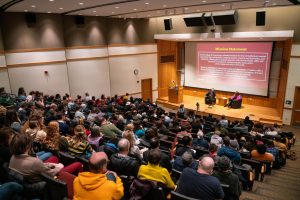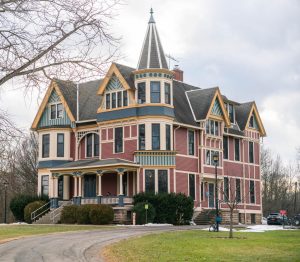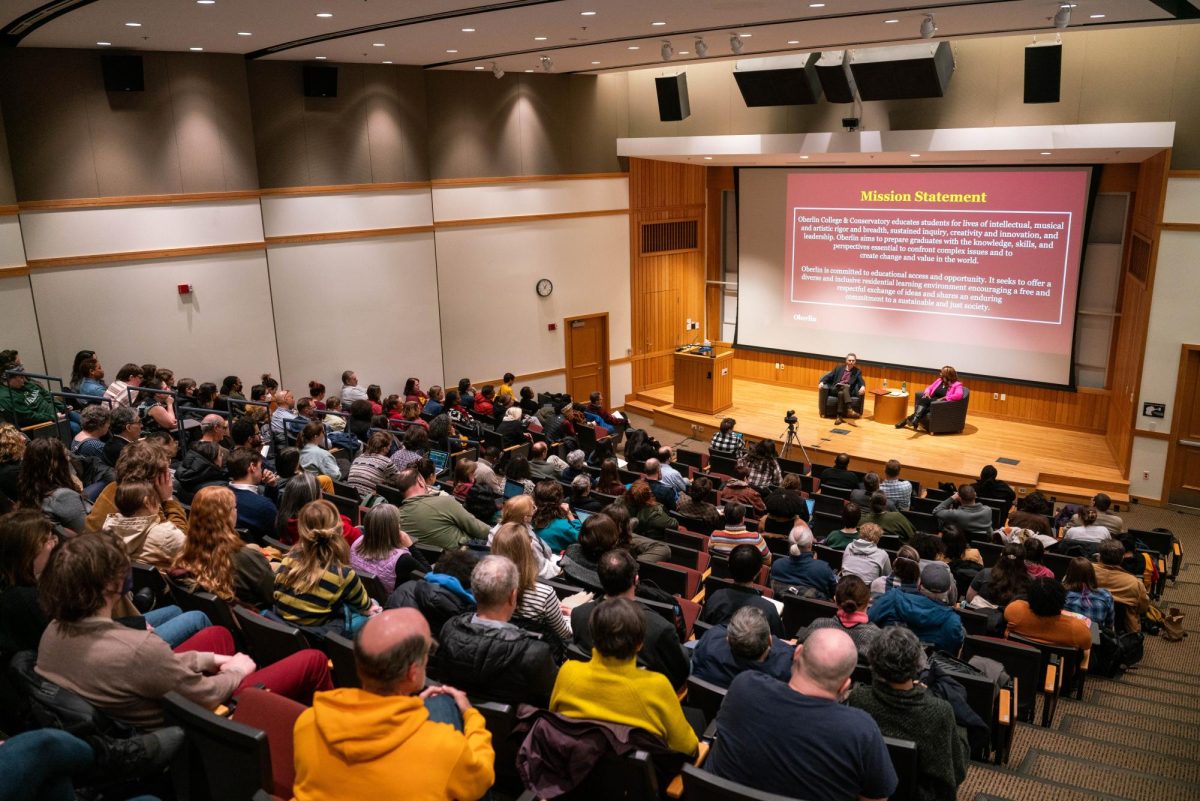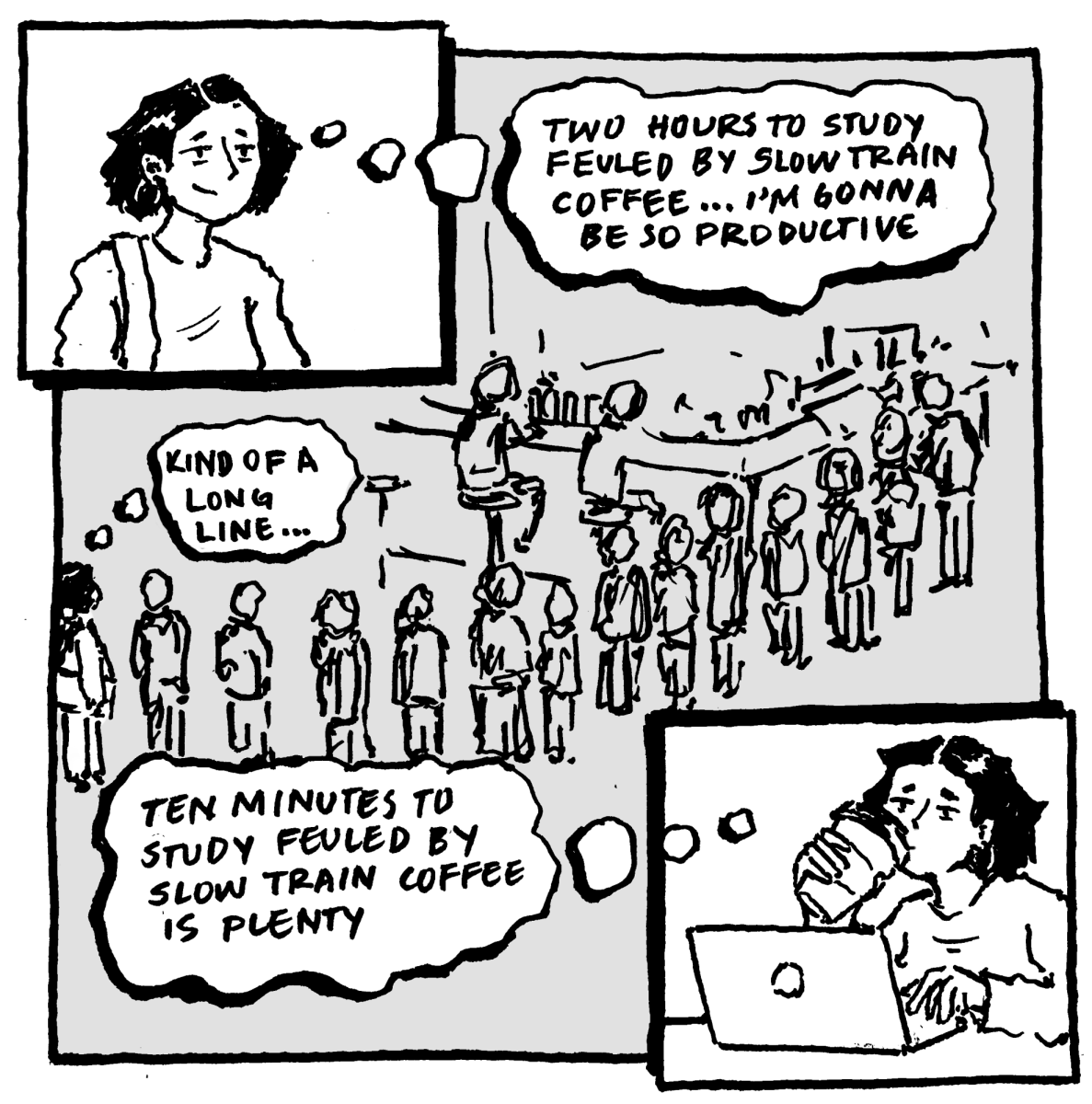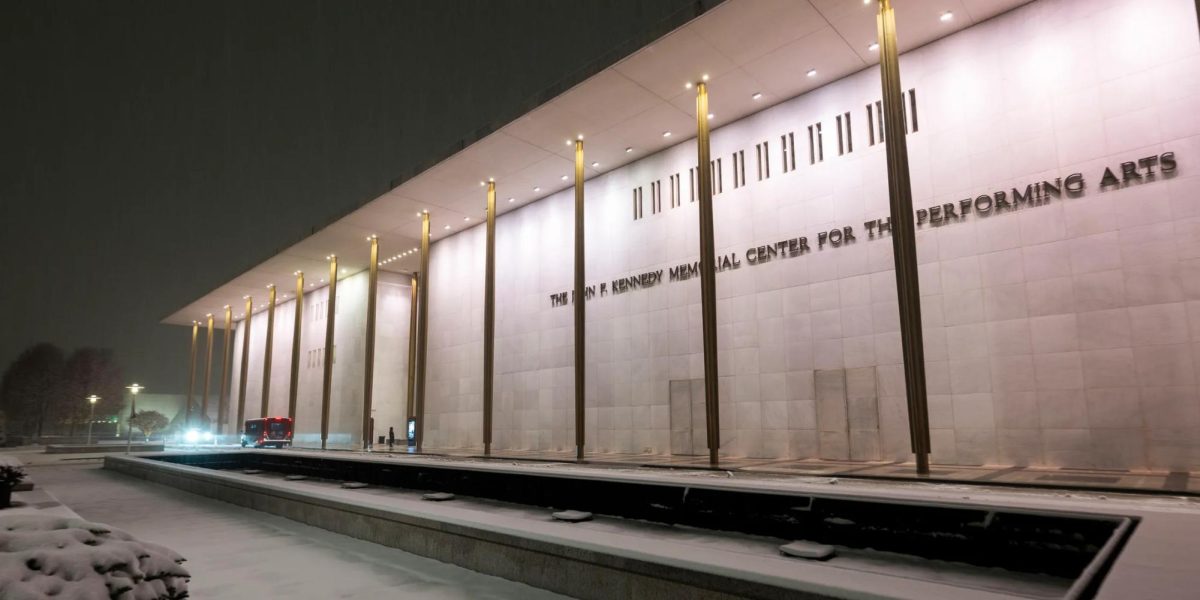Campus Retrofitting Saves Money, Energy
February 10, 2012
Since the end of the fall semester, Oberlin has begun the first of a three-phase retrofitting lighting project in 22 buildings, which will purportedly save both money and energy. School officials believe the overall watt reduction will serve as a stepping-stone towards the goal of carbon neutrality by 2025.
“Lighting retrofits are an extremely cost-effective way to improve efficiency and sustainability on campus,” said Evan Tincknell, a college sophomore and member of the Green EDGE Fund. “They are an ideal method of improving our campus’ sustainability because they are simple and predictable in their energy savings.”
According to Rob Lamppa, AP Director of Sustainability and Energy Management, more than 20,000 lamps will be replaced by the end of the first stage.
The second and third phases will include replacing outdoor lighting and the remaining 10,000-15,000 lamps. The project, which was paid for by the Capital Maintenance budget, cost approximately $350,000. However, Lamppa expects the changes will save the school between $80,000 to $100,000 annually, thus offsetting the total costs in just three or four years.
School officials also anticipate expense reductions through the standardization of bulbs. When a light goes out, employees will know exactly which replacement to use, no longer needing to keep a variety of different bulbs in stock.
The magnitude of this retrofitting project sets Oberlin’s efforts apart from similar ventures in colleges around the nation, according to Lampa.
“I don’t know of any other campuses that have done a full campus retrofitting with indoor and outdoor lighting,” said Lamppa.
Originality aside, campus officials believe the program brings them closer to carbon neutrality by 2025. According to the college’s 2010 proposal, the recommended pathway for achieving the goal requires switching to carbon neutral fuel for the bulk of campus heating and electricity needs. Even so, the proposal states that 24% of the goal can be reached through energy efficiency projects alone.
Students can track Oberlin’s progress through the Sustainability Tracking, Assessment & Rating System. STARS describes itself as a transparent, self-reporting framework for colleges and universities to measure their sustainability performance. The organization rates participating institutions based on various aspects of sustainability, aiming to provide comparisons over time by establishing a common standard of measurement.
Administrators believe one of the most effective ways to score well on the STARS evaluation and reach the 2025 goal is to increase awareness and advocacy on campus. Keith Watkins, Assistant Director of the Office of Residential Life and Services, said it’s important to convince people that significant changes must occur and be embraced.
“The campus as a whole must be part of the process,” said Watkins.



